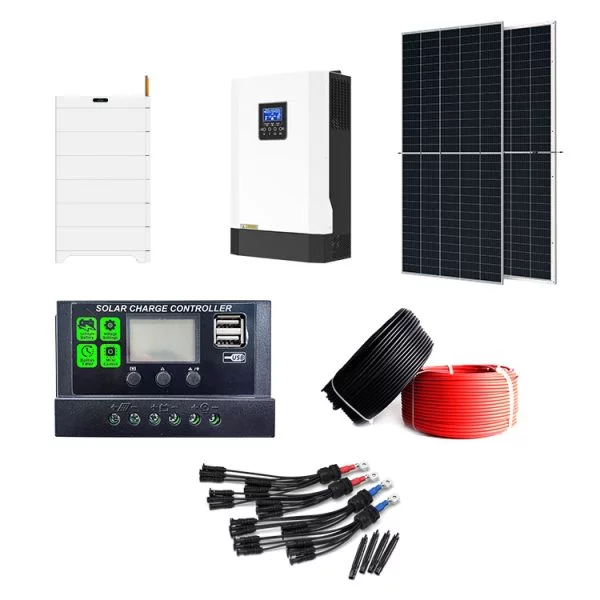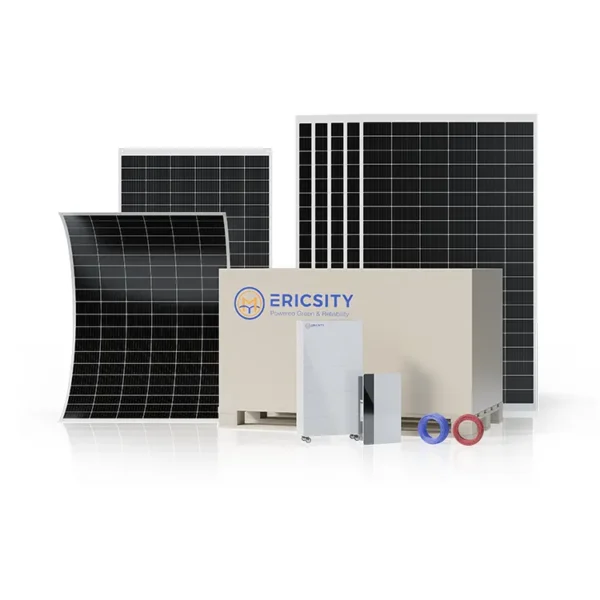HOT PRODUCT
Product Details
Efficiency Meets Capacity: How High-watt Flexible Panels Outshine The Rest
Efficiency Meets Capacity: How High-watt Flexible Panels Outshine The Rest
In recent years, the demand for renewable energy sources has significantly increased. Solar power, in particular, has gained immense popularity due to its clean and sustainable nature. Technological advancements have paved the way for the development of more efficient solar panels, enabling higher energy production and greater capacity utilization. Among the latest breakthroughs in solar panel technology, the emergence of high-watt flexible panels has revolutionized the industry, outshining conventional solar panels in terms of efficiency and performance.

Conventional solar panels have been the go-to choice for many years, consisting of rigid crystalline silicon cells encased within a sturdy frame. While these panels have proven to be highly reliable and efficient, they come with limitations in terms of installation options, flexibility, and capacity. On the other hand, high-watt flexible panels utilize thin-film solar cells and cutting-edge materials that allow for increased adaptability and power output.

One of the key advantages of high-watt flexible panels is their versatility in terms of installation. Unlike conventional panels, which require a rigid and flat surface, these flexible panels can be easily mounted on irregular or curved surfaces. This flexibility opens up a plethora of possibilities for solar panel integration in various applications, such as buildings, vehicles, and portable devices, where traditional panels were once impractical or impossible to use.
Moreover, high-watt flexible panels exhibit enhanced energy conversion efficiency. The unique thin-film technology used in these panels allows for a higher percentage of sunlight to be converted into electricity. This increased efficiency translates into a greater output of power from a given surface area. As a result, fewer panels are needed to achieve the desired energy production, leading to cost savings and reduced installation complexity.

Another significant advantage of high-watt flexible panels is their superior performance under non-ideal conditions. Unlike conventional panels, which experience significant power losses due to shading or a lack of direct sunlight, flexible panels can maintain a more consistent output. This is attributed to their design, which allows for each individual solar cell to work independently. Consequently, even if a part of the panel is shaded or faces suboptimal sunlight angles, the overall energy production is not compromised.
Furthermore, high-watt flexible panels boast higher durability and resistance to environmental factors. Traditional panels are susceptible to damage from extreme weather conditions, such as hailstorms, strong winds, and heavy snowfall. In contrast, the thin-film cells used in flexible panels are more resilient, as they can withstand bending and flexing without losing performance. This resilience makes them ideal for installations in regions prone to harsh weather, ensuring a longer lifespan and better return on investment for solar energy systems.

As the demand for renewable energy continues to rise, the adoption of high-watt flexible panels is expected to accelerate. The flexibility, efficiency, and durability offered by these panels make them a compelling choice for residential, commercial, and industrial applications. Their ability to be seamlessly integrated into various environments, coupled with their increased capacity and reliability, makes them an attractive solution for generating clean and sustainable energy.
In conclusion, high-watt flexible panels have emerged as a game-changer in the solar panel industry. With their adaptability, enhanced efficiency, and superior performance, these panels outshine conventional ones in terms of both capacity and effectiveness. As the world strives for a greener and more sustainable future, high-watt flexible panels pave the way for a new era of solar power generation.




